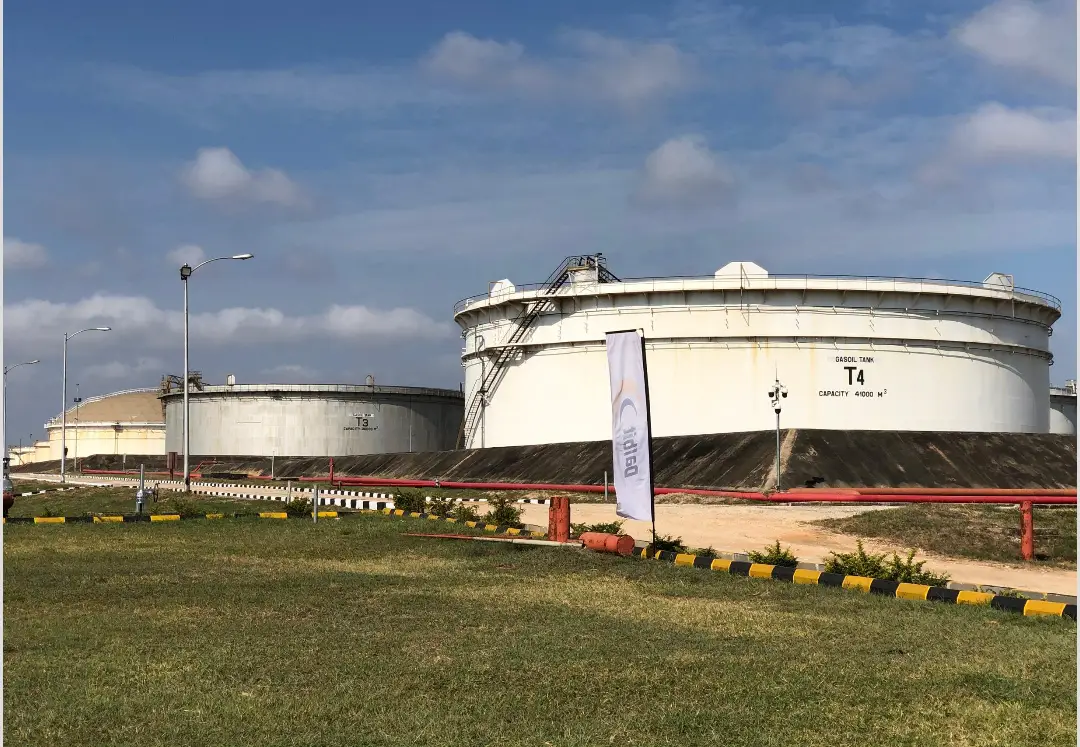In November 2020, Zambia’s diesel prices were approximately K15.59 per liter while the kwacha traded at around K21.1 per US dollar. At that time, fuel costs were heavily influenced by Agro Fuel’s near-monopoly on the TAZAMA Pipeline, which allowed it to charge roughly US$113 per metric ton for diesel transport.
This monopolistic arrangement meant that there was little to no competitive pressure on pricing, enabling Agro Fuel to maintain high transport fees that were ultimately reflected in the retail prices seen by consumers. The lack of alternative suppliers significantly contributed to the elevated cost of fuel during that period.
A significant policy shift occurred when the government adopted an open-access regime for the TAZAMA Pipeline. Under this new framework, multiple Oil Marketing Companies (OMCs) were allowed to bid for contracts. In recent rounds, many competitors quoted rates between US$54 and US$59 per ton, forcing Agro Fuel to slash its rate to around US$54.12 per ton to remain competitive.
Government policies in 2020 under the Patriotic Front (PF) were marked by practices that supported single sourcing and, by extension, monopolistic pricing. In contrast, the current administration under UPND has prioritized transparency and competition, moving away from the old regime’s restrictive practices and removing fuel subsidies that once distorted the market.
The macroeconomic context has also shifted considerably. In December 2020, the kwacha stood at roughly K21.1 per US dollar, which helped keep local fuel prices more moderate. Today, with the currency depreciating to about K28.8 per US dollar, import costs have risen; yet, market reforms are working to counterbalance these pressures.
Despite the pressure from currency depreciation, the emergence of competition has played a critical role in driving transport costs down. Although retail diesel prices have risen to K32.54 per liter today—reflecting both global market trends and the weaker kwacha—the reduction in pipeline transport fees from US$113 to around US$54 per ton is expected to yield significant savings for consumers.
Importantly, Agro Fuel is set to begin charging its new, lower rate in April 2025. This scheduled shift is anticipated to drive a substantial drop in fuel prices, as the new competitive cost structure takes full effect and further reduces the cost of fuel transport along the TAZAMA Pipeline.
Critics—particularly some PF Members of Parliament—continue to decry high fuel prices, but it is important to note that the roots of the problem lie in the long-standing monopoly established during the PF era. By contrast, the current UPND policies have paved the way for multiple suppliers to compete, ultimately driving prices down. This raises a key question: who truly brought Agro Fuel into prominence in the first place, and why are its detractors now crying foul when a more competitive model is already in place?

